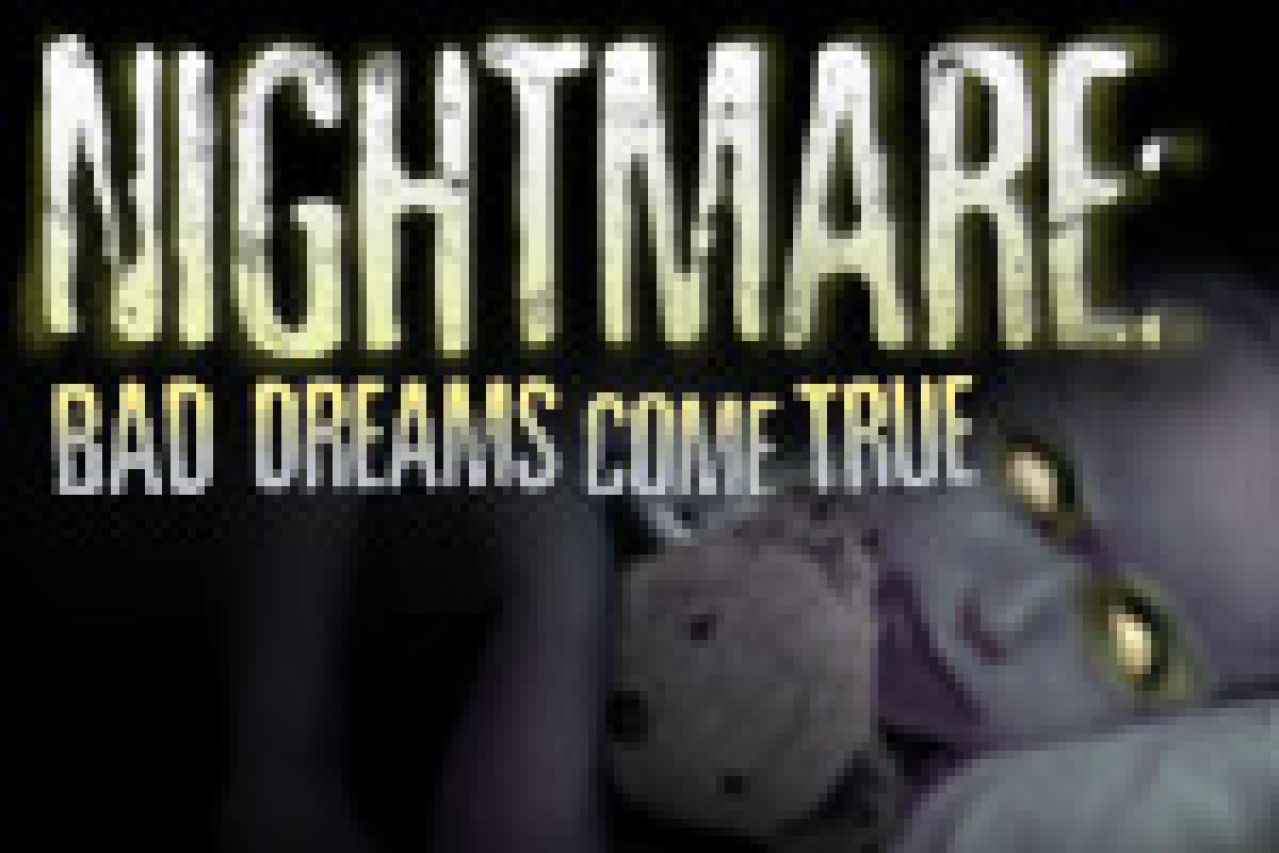Nightmare: Bad Dreams Come True

(© Jason Smith Photography)
If you make it through Nightmare: Bad Dreams Come True without ever screaming, you must have nerves of steel. Now in its fifth year, this truly scary haunted house environment, currently ensconced at the CSV Cultural Center, is the brainchild of creator/director Timothy Haskell, who lends a bold theatricality to the endeavor.
This year’s installment is inspired by an online poll of audience members’ recurring bad dreams. In addition, there’s a shorter, less frightening Legends set up that has spectators going through various rooms in which you hear miniature lectures on such classic figures as Frankenstein, vampires, and the like. But that segment, conceived by Aaron and Justin Haskell, is ancillary to the main Nightmare experience.
As you enter the Bad Dreams Come True haunted house, you travel with a group through a maze-like sequence of rooms and corridors. But note that there are some segments you must experience alone; you’re also given a choice midway through on what route to continue on (with one being slightly more physically challenging). The actual time spent in the maze is brief — maybe 15 to 20 minutes. And yet, it’s packed with enough thrills to make it memorable. The actors give creepy and committed performances. For example, a young girl rising slowly from a bed, a look of murderous loathing on her face, was enough to send chills down my spine.
Paul Smithyman’s often blood-spattered production design is excellent, and is nicely supplemented by the eerie soundscape provided by Eric Shim, the appropriately dim lighting by Garin Marschall, the costumes by Wendy Yang, and the special effects by David Andora. Nightmare is also a truly sensory experience, with the journey through the maze even including tactile sensations of crawling through a narrow passageway and a rather unpleasant moment involving a liquid substance.
However, the success of Nightmare comes not from the gory images or people jumping out at you from dark corners — although there’s plenty of that, as well. What’s most effective is the fact that the experience taps into some very real fears — failing someone who depended on you, getting separated from your group, having to make your way through a dark space with no one there to guide you. Interestingly, Nightmare includes a significant amount of military imagery, such as figures in gas masks and a soldier who silently beckons you to come with him into unknown territory. In other words, sometimes the scariest things are the ones that seem hauntingly familiar.











